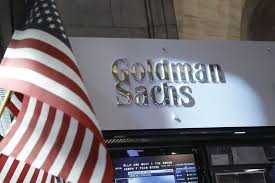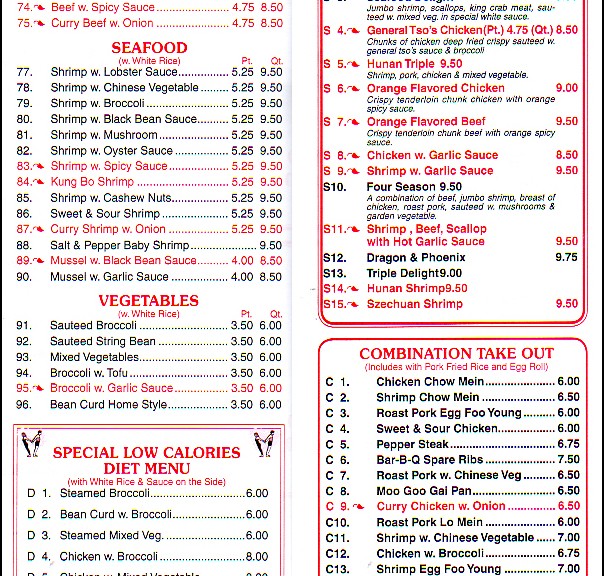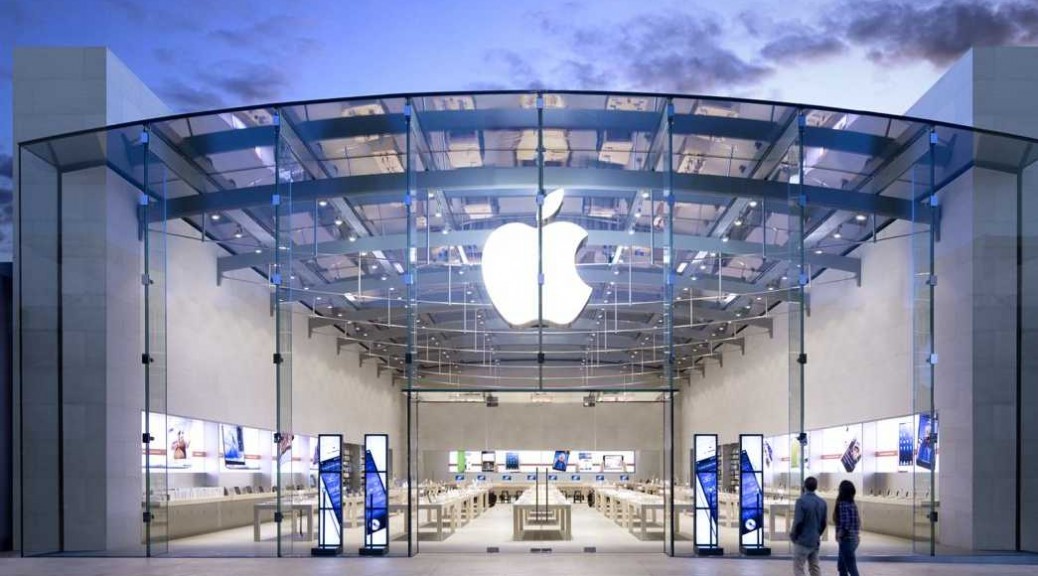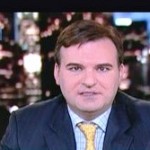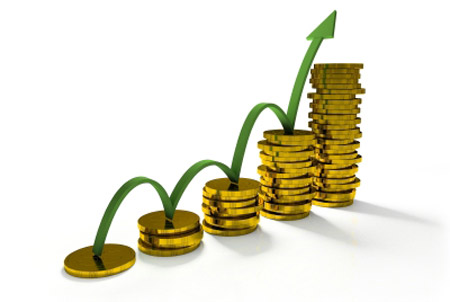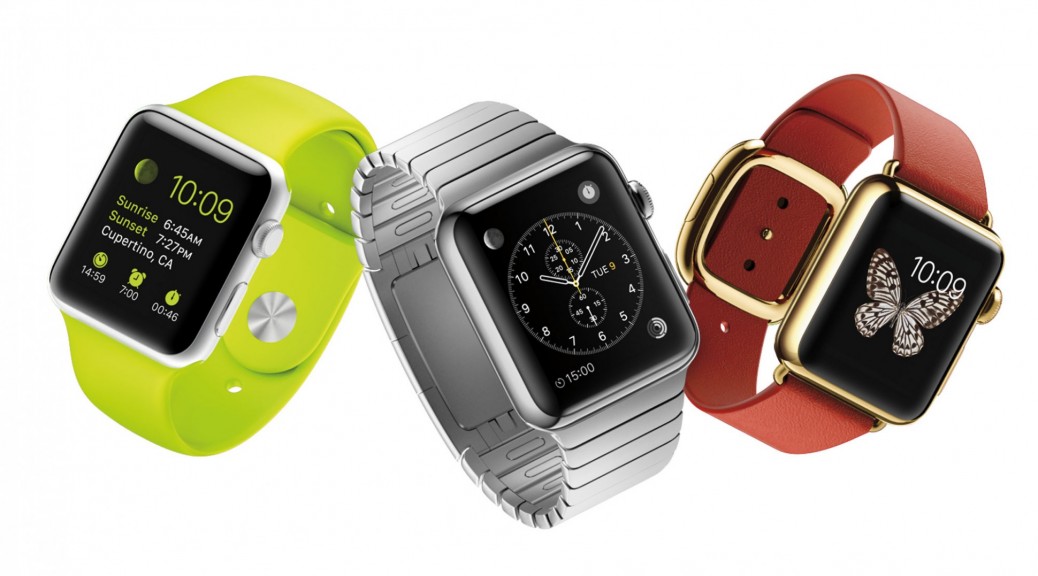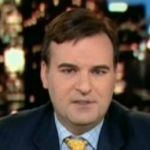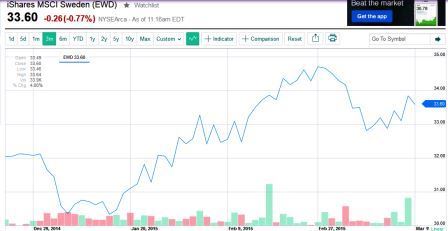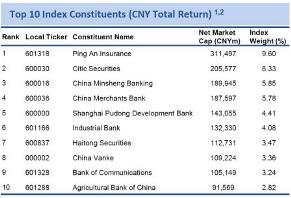MarketsMuse blog update profiles a new ETF, Global X YieldCo Index ETF (NasdaqGM: YLCO), which launched, Thursday, May 28, 2015. The ETF, YLCO, comes from a new kind of asset called YieldCos that aim to provide a steadier income to investors through assets from the renewable energy industry. YLCO tracks the Indxx Global YieldCo Index, which is home to 20 stocks that are a part of nearly 65.7% of the ETF, YLCO ‘s weight. Some of these stocks include:
- TerraForm Power (NasdaqGS: TERP)
- Brookfield Renewable Energy Partners (NYSE: BEP)
- SuneEdison (NasdaqGS: SUNE)
- First Solar (NasdaqGS: FSLR)
This MarketsMuse blog update is courtesy of ETFTrends’ Todd Shriber and his article, “Dividends and Renewable Energy? There’s an ETF for That“, with an excerpt below.
Renewable energy stocks and dividends are not often thought of as synonymous, but an emerging asset class is changing that.
YieldCos are income-generating assets from the renewable energy space that look to deliver steady income to investors. Spun off as fully developed assets from parent companies, such as solar firms and wind farm operators, yieldcos are comparable to master limited partnerships (MLPs), an asset class that has been widely embraced by income investors in recent years.
A new ETF, the Global X YieldCo Index ETF (NasdaqGM: YLCO) helps investors access the burgeoning yieldcos asset class.
“YieldCos are formed when energy companies spin off fully developed assets, such as wind and solar farms, with long term contracts and an objective of returning cash flows to shareholders. Market capitalization for the YieldCo industry currently stands at $39 billion. With 11 announced IPOs in the pipeline, it has become an increasingly popular vehicle for energy firms,” according to a statement issued by Global X.






